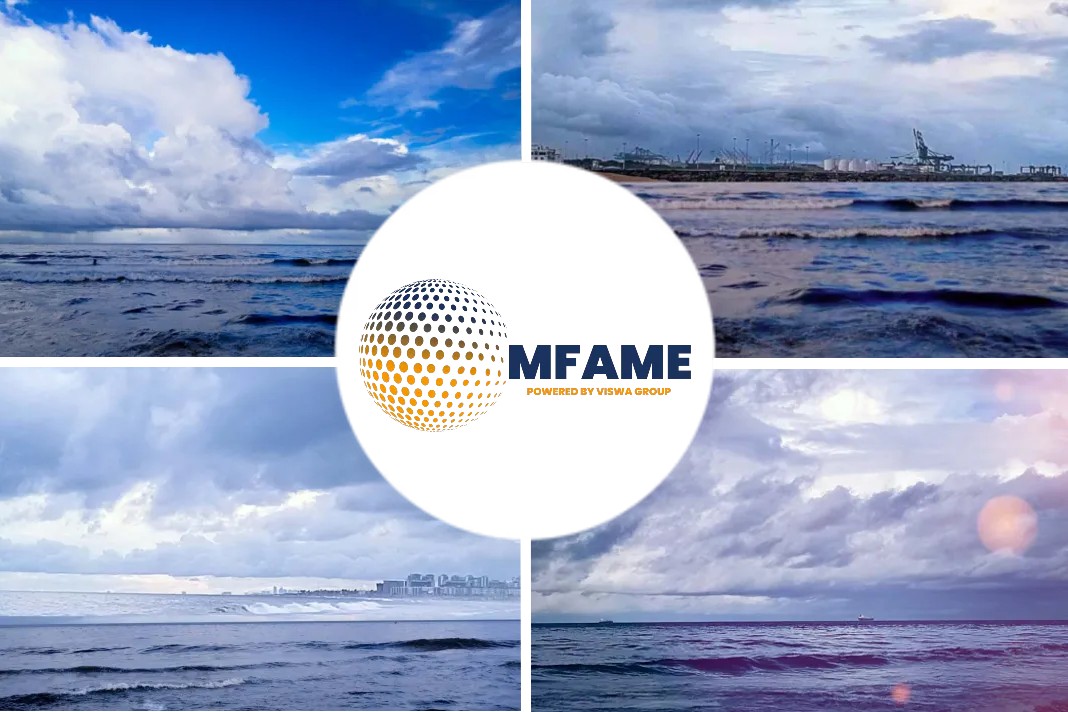
Maritime trades have been powered by residual fuels that emit high levels of air pollutants and greenhouse gases for decades, but a growing number of regulators are pushing vessel operators to use greener energy sources.
Low-Carbon Shipping
The International Maritime Organization (IMO), having reduced sulfur limits for bunker fuels, is now leading the charge for low-carbon shipping amid mounting climate pressure. Adrian Tolson of 2050 Marine Energy highlights the agency’s pivotal role due to limited private sector initiatives.
“Despite some corporations being outliers, it’s not realistic to see shipping decarbonize itself out of the goodness of its heart and its concern for environment,” Tolson told S&P Global Commodity Insights. “A level playing field for all owners and operators is essential, and this only comes with clear consistent and preferably global regulation.”
Global Governments Join EU in Crafting Maritime Emission Rules; EU’s Emissions Trading System to Extend to Shipping in 2024.
“Whilst there is variation globally, overall, the political and societal pressure for the world to decarbonize is high and we can see this in the regulatory development activity in IMO and the EU,” Lloyd’s Register’s head of regulatory affairs, Andrew Sillitoe, said.
Changing Focus
Shipping rules already reshaping bunker market: IMO’s 0.5%S fuel rule led to significant adoption; GHG reduction now a major focus.
“The pressure to reduce sulfur oxide emissions from shipping further has reduced [following IMO 2020],” said Sillitoe, adding that SOx is a local pollutant affecting coastal areas whereas climate change is a global issue.
“There is a very clear scientific rationale that requires deep GHG reduction,” said Tristan Smith, co-founder of consultancy UMAS. “Climate impacts are already affecting every country, some catastrophically, and this creates strong political pressure for governments to take action.”
In their Higher Uptake case assuming more decarbonization efforts by governments and businesses, S&P Global analysts expect low-carbon bunker demand to increase from 845,000 mt last year to 12.5 million in 2030 before a further jump to 116.5 million mt in 2050. This would suggest their share in total marine energy would rise from 0.3% in 2022 to 3.8% in 2030 and 39.3% in 2050.
Major Hubs
“Some ports are clearly more engaged than others,” Tolson said. “Singapore was perhaps behind Rotterdam for some time, but with the power of the Singapore government they are clearly catching up.”
Despite stating its ambition for a low-carbon transition, Fujairah — the world’s No. 3 — didn’t record any alternative bunker sale last year. “Perhaps they are waiting for commercial interests to do the heavy lifting,” Tolson said.
Insights of Zografakis
Haris Zografakis, partner of law firm Stephenson Harwood, suggested future bunker ports are likely to require new, specialist bunkering facilities.
“The scale of the investment needed will be considerable, and it remains to be seen whether the public and private investments needed will materialize,” Zografakis said.
Bunker ports’ ability to access future low-carbon fuels have also been in focus, as the trading routes of “green” methanol and ammonia are expected to differ from oil-based fuels with the Global South potentially emerging as production centers.
“Whether Singapore, Rotterdam and Fujairah remain relevant as bunkering points will [be determined by] how proactively they engage in the energy transition, as well as how the supply chains for new energy commodities develop over time,” Smith said.
Did you subscribe to our daily newsletter?
It’s Free! Click here to Subscribe!
Source: S&P Global





















